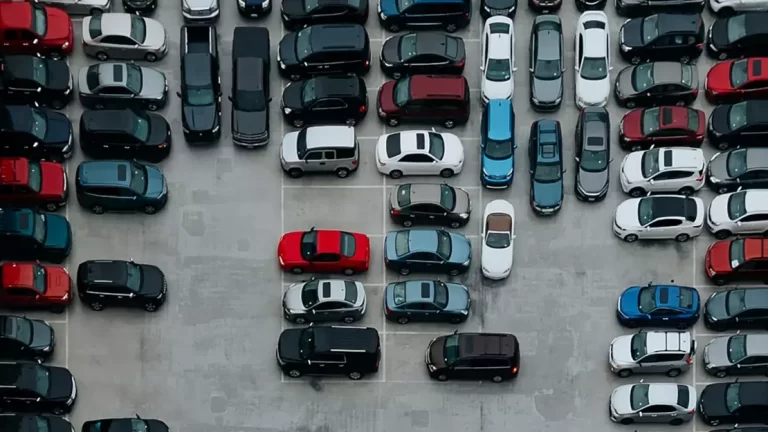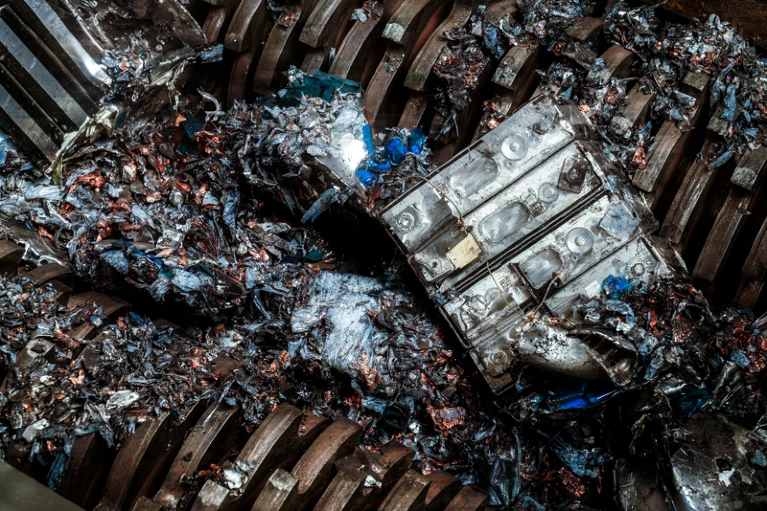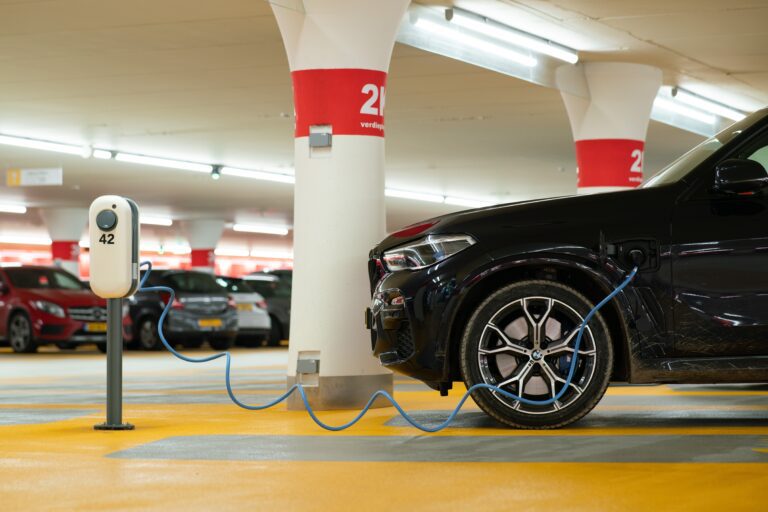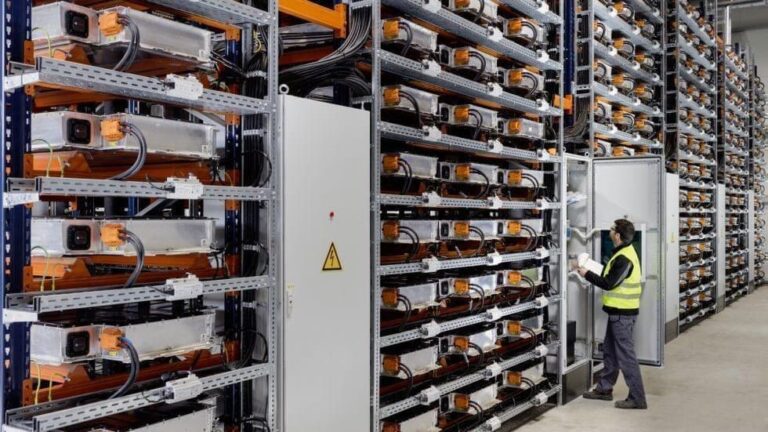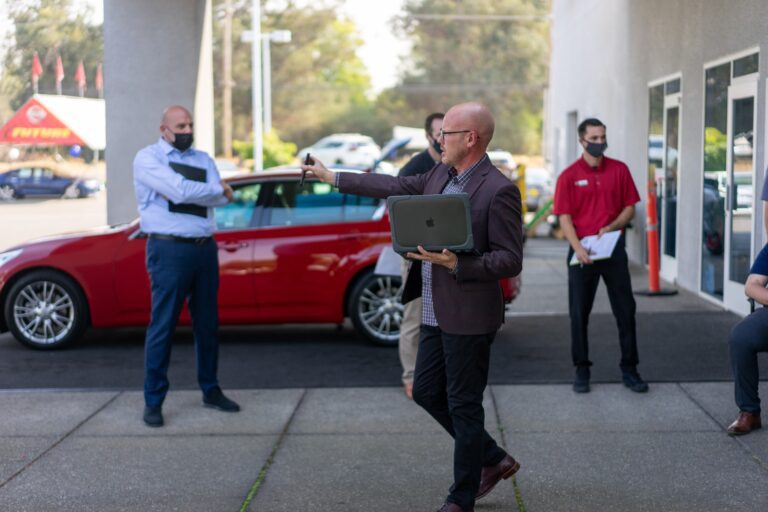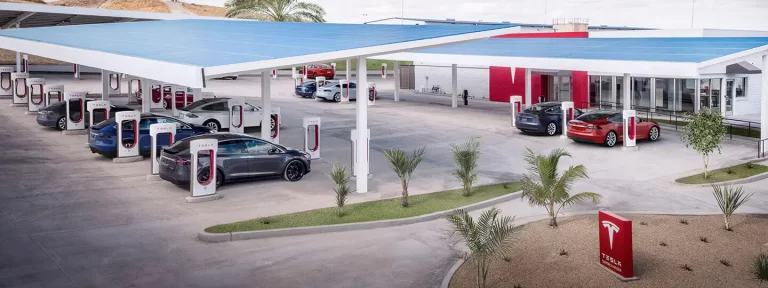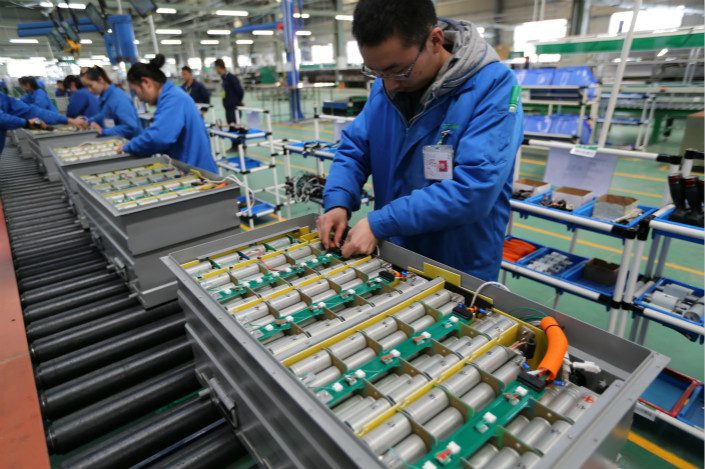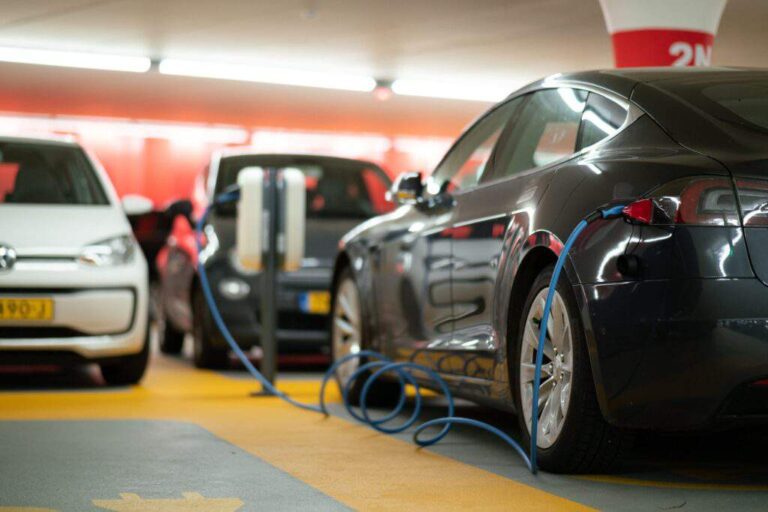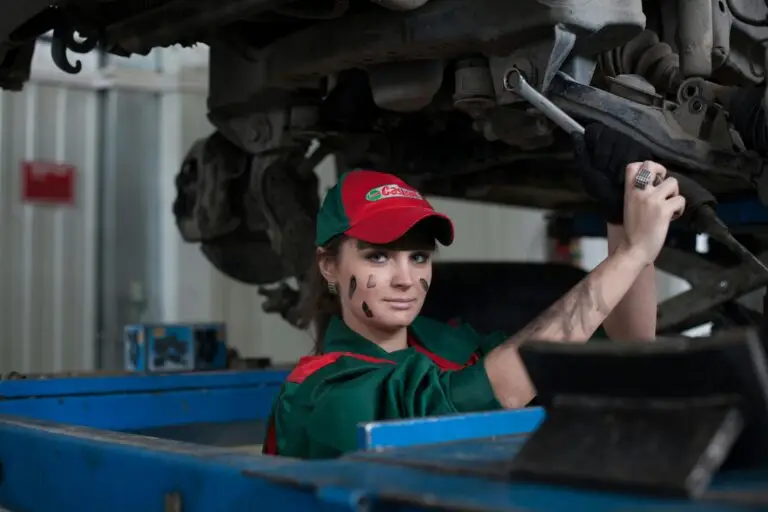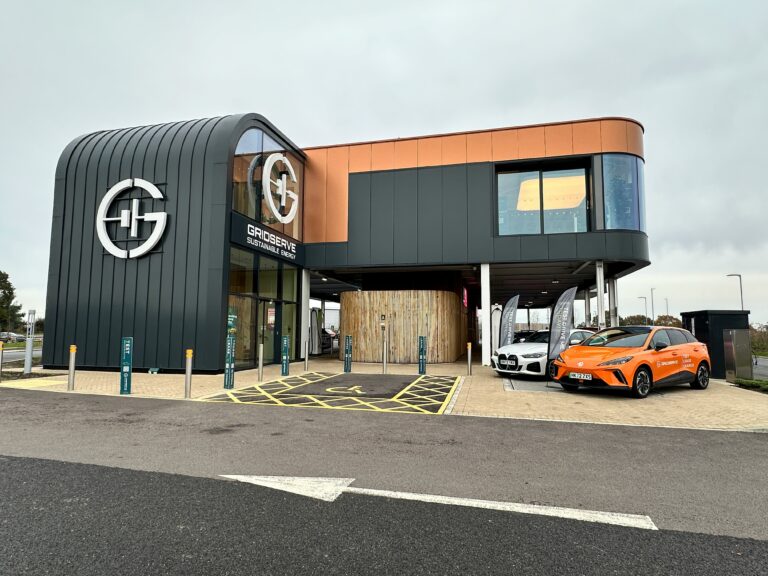Introduction
The advent of Battery Electric Vehicles (BEV) is transforming the automotive landscape, and with it, the insurance industry faces a new set of challenges and opportunities. A recent report by Innovate UK and Thatcham Research sheds light on the significant impacts of BEV adoption on the repair and insurance sectors. This blog post delves into the key statistics and findings from the report, offering valuable insights for business leaders in the insurance industry.
Increased Repair Costs and Complexity
Among the most striking revelations is the increased repair costs associated with BEVs. The complexity of BEV components, especially the high-voltage battery systems, often results in higher repair expenses than traditional vehicles. BEV incident claims are currently ~25.5 per cent more expensive than their Internal Combustion Engine (ICE) equivalents and can take ~14 per cent longer to repair. Road collisions involving a BEV can be catastrophic for the vehicle as understanding and competence in rectifying the damage continues to develop.
Battery Damage: A Crucial Concern for Insurers
The report highlights that a significant amount of battery damage is not identified. It estimates that only 2% of damaged batteries are detected due to Vehicle Manufacturer Information being inconsistent and only partial information being recorded by First Notice of Loss (FNOL) handlers, Assessors and Repair Agents, amongst others.
Skills Gap in the Repair Industry
The report also draws attention to a significant skills gap in the industry. As of January 2023, only about 16% of technicians in the UK were qualified to work on electrified vehicles. With the anticipated growth in BEV adoption, this gap is expected to become a considerable concern by 2026, with a shortfall of approximately 35,700 technicians by 2030. The report also highlighted that in the absence of repair methods, much of the High Voltage (HV) training is being underutilised.
Recycling and End-of-Life Vehicle Management
The growing role of the recycling market, given the technical and economic challenges of repairing some BEVs, is a new frontier for the insurance industry. Efficient recycling methods, such as pyrometallurgy and hydrometallurgy, are crucial for recovering valuable materials from batteries. However, The UK has little or no infrastructure in place for recycling EV batteries which returns high-quality raw materials back into the supply chain. This absence of infrastructure fundamentally loses a significant percentage of the disproportionate value that those batteries represent in today’s vehicles.
The Path Forward: Adaptation and Innovation
The report underscores the need for adaptation and innovation within the insurance industry. Understanding and preparing for these changes is crucial for insurers to stay competitive and effective in this evolving landscape.
- Investment in Training: Addressing the skills gap by investing in training and certification programs for technicians is essential.
- Collaboration with Repair Networks: Working closely with repair networks to ensure compliance with BEV-specific repair protocols can help manage repair costs and times effectively.
- Exploring New Insurance Models: Developing insurance products that cater specifically to the unique needs and risks associated with BEVs could be a strategic move.
- Leveraging Data Analytics: Utilising data analytics for more accurate risk assessment and cost estimation can lead to better-informed decision-making.
Conclusion
The transition to BEVs presents both challenges and opportunities for the insurance industry. By embracing change and focusing on innovation, insurers can not only navigate these challenges effectively but also seize new opportunities in this dynamic market. The insights from the Innovate UK and Thatcham Research report serve as a valuable guide in this journey.




